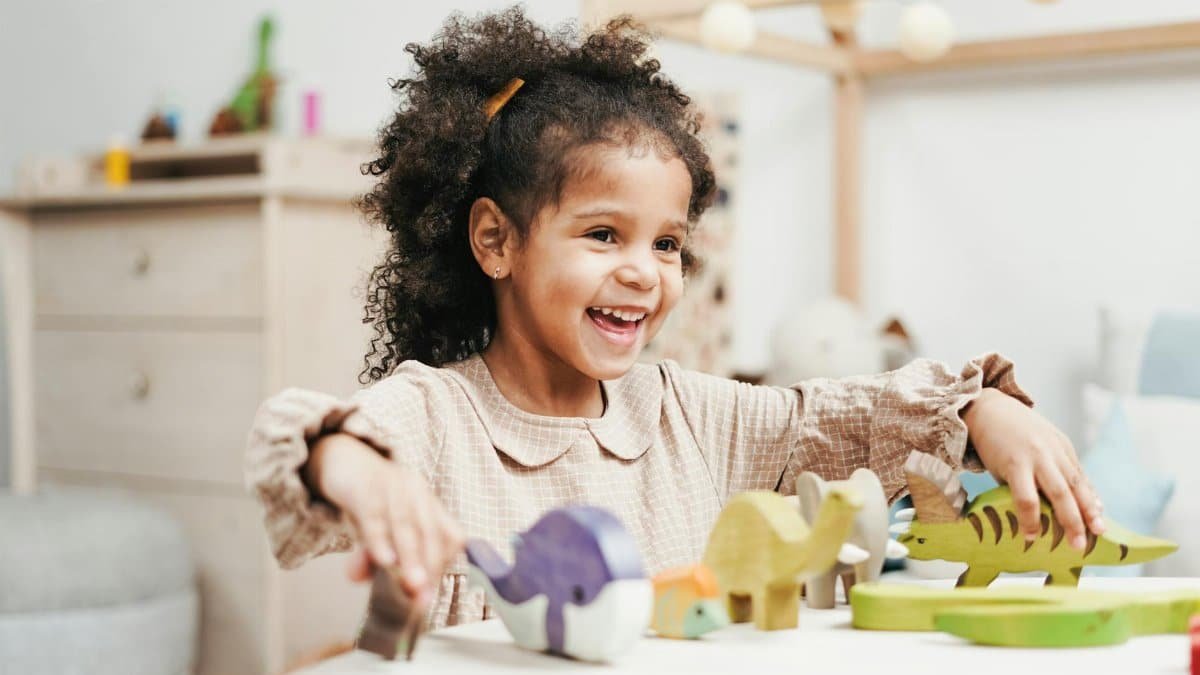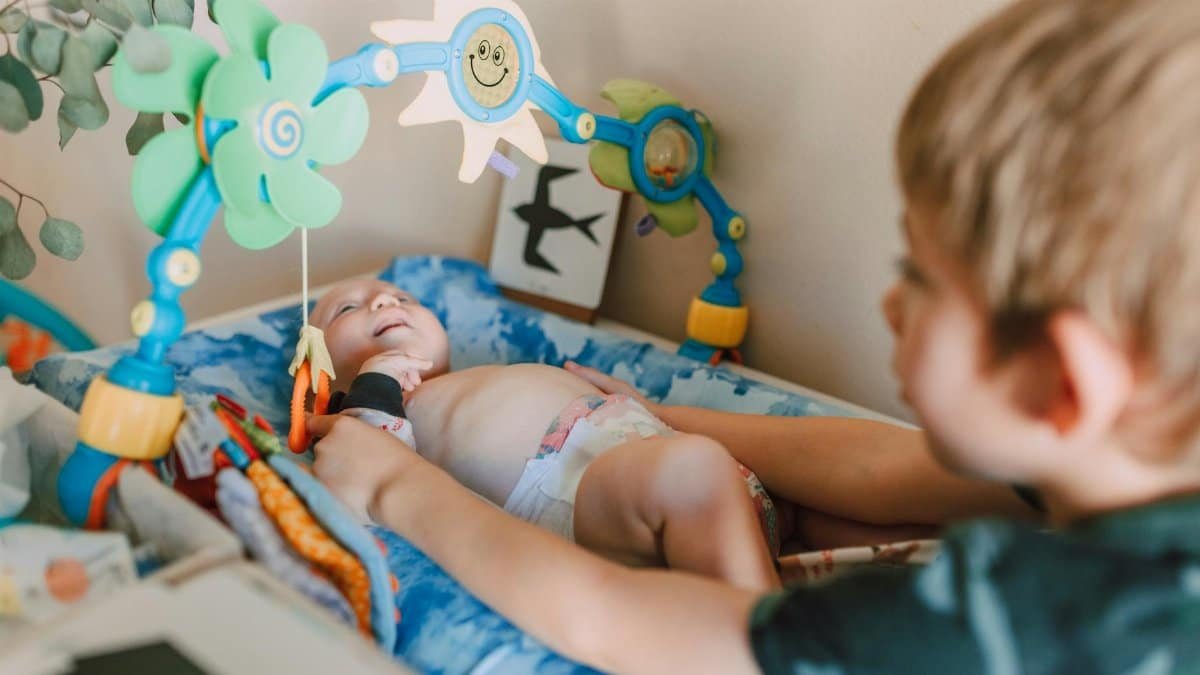Walk down any suburban street in places like Portland or Austin these days, and you might notice a subtle shift in how families interact with technology. Kids aren’t just playing with dolls or action figures; they’re chatting with AI-powered toys that respond, learn, and even seem to empathize. Parents, meanwhile, are navigating a new frontier—balancing the wonder of these gadgets with the need to stay present. This is the heart of ai toys mindful parenting, a growing movement where technology meets intentional connection. How do you ensure a child’s bond with a talking robot doesn’t eclipse the warmth of a bedtime story? It’s a question more families are wrestling with in 2025, as artificial intelligence creeps further into playrooms. The challenge isn’t just about screen time anymore. It’s about preserving human closeness in a world where even toys can mimic it.
The Rise of AI Toys in American Homes

AI toys are no longer a futuristic fantasy. From robotic pets that purr on command to dolls that hold full conversations, these devices have become fixtures in countless U.S. households. A 2023 report from the Pew Research Center noted that over 60% of parents with young children have purchased some form of smart toy, a number that’s likely climbed since. These gadgets promise to educate and entertain, often marketed as tools to teach coding or emotional skills. Walk into any Target or Walmart, and the shelves brim with options, each flashier than the last.
Yet, there’s a catch. Unlike traditional toys, these devices collect data—sometimes recording voices or tracking play patterns. Parents aren’t always aware of what’s being stored or shared. Beyond privacy, there’s a quieter concern: when a child turns to an AI companion for comfort, are they learning to sidestep real human connection? It’s a tension that lingers in playdates and family dinners alike.
What Mindful Parenting Means in This Context

Ask a dozen parents what mindful parenting means, and you’ll get a dozen answers. At its core, though, it’s about being fully present—listening without distraction, responding with intention. With ai toys mindful parenting, the stakes feel higher. It’s not just about putting down your phone; it’s about ensuring a child’s emotional needs aren’t outsourced to a machine. Experts at the American Psychological Association stress that early relationships shape a child’s ability to trust and empathize. If a toy answers every question with uncanny patience, where does a parent fit in?
This isn’t to say AI toys are inherently harmful. Some families find them a helpful bridge, especially for children with social challenges. The key, many argue, is awareness—knowing when to step in and when to let play unfold. It’s a delicate dance, one that requires constant recalibration.
The Emotional Pull of a Talking Toy

Picture a five-year-old curled up on the couch, whispering secrets to a robotic teddy bear. “I’m sad today,” the child says. The toy replies in a soothing tone, “I’m here for you. Want to talk?” It’s a moment that can feel magical—and unsettling. Research from the MIT Media Lab shows that children often form genuine attachments to AI companions, sometimes treating them as confidants. For busy parents, this can seem like a relief. Who wouldn’t want a break from endless “why” questions?
But there’s a flip side. A child might start to prefer the toy’s predictable responses over a parent’s more nuanced, sometimes frustrated reactions. Over time, this could dull their ability to navigate messy, human emotions. It’s not hard to imagine a future where “go talk to your robot” becomes a common refrain in harried households. The pull is real, and resisting it takes effort.
Balancing Tech and Touch

So, how do families strike a balance? It starts with setting boundaries, though not the rigid, tech-banning kind. Some parents designate “AI-free hours”—times when toys are powered down, and play involves only imagination or face-to-face interaction. Others use the toys as a shared activity, asking their child to explain what the robot “thinks” or joining in on the conversation. A study by the Common Sense Media organization found that children whose parents actively engage with their tech use report stronger family bonds, even in tech-heavy homes.
One mother, speaking anonymously in online discussions, shared how she turned her son’s obsession with an AI dinosaur into a bonding ritual. “We started making up stories together about its ‘adventures,’” she recalled. “It became our thing, not just his.” Small moves like this can shift the dynamic, making technology a tool for connection rather than a wedge.
Privacy and Ethical Concerns

Then there’s the elephant in the room: privacy. AI toys often require internet connections, and many store data in ways that aren’t fully transparent. In 2017, the FBI issued a warning about smart toys, citing risks of hacking and data breaches. While companies have since tightened security, questions remain. Are recordings of a child’s voice sitting on a server somewhere? Could they be used for marketing—or worse? The Federal Trade Commission has stepped up enforcement of children’s privacy laws, but gaps persist.
For parents practicing ai toys mindful parenting, this adds another layer of vigilance. Reading the fine print on a toy’s app isn’t most people’s idea of fun, but it’s becoming essential. Some families opt for low-tech alternatives when possible, while others demand clearer policies from manufacturers. Either way, the burden often falls on parents to play detective.
Redefining Play in 2025

As we move deeper into 2025, the landscape of play continues to evolve. AI toys aren’t going away; if anything, they’re becoming smarter and more integrated into daily life. For parents, the task isn’t to reject this reality but to shape it. Mindful parenting in this context means asking hard questions: How much interaction with a machine is too much? What values do we want to instill, and can a toy reinforce them—or undermine them?
At a recent community workshop in a Midwestern library, one father described his struggle with this balance. “My daughter loves her AI doll, but I miss hearing her make up her own stories,” he admitted to the group. His words struck a chord with others, a reminder that technology can dazzle, but it’s the human quirks—imagination, imperfection—that often leave the deepest mark. Finding space for both is the ongoing work of ai toys mindful parenting.
Practical Steps for Staying Grounded

Navigating this terrain doesn’t require a Ph.D. in tech or parenting. Start small. Set clear times for AI toy use, and stick to them as much as possible. Engage with your child about what they’re learning or feeling from their digital playmates—curiosity can open unexpected conversations. Consider co-playing, turning a solo activity into a shared one. And don’t shy away from unplugging entirely on occasion; a day of building forts or drawing can reset everyone’s focus.
Above all, trust your instincts. If something feels off about a toy’s influence, it probably is. Mindful parenting isn’t about perfection; it’s about presence. In an age of algorithms and automated responses, that presence—your voice, your attention—remains the most powerful tool of all. Families who prioritize it, even amid the hum of AI, often find their connections grow stronger, not despite the tech, but alongside it.
